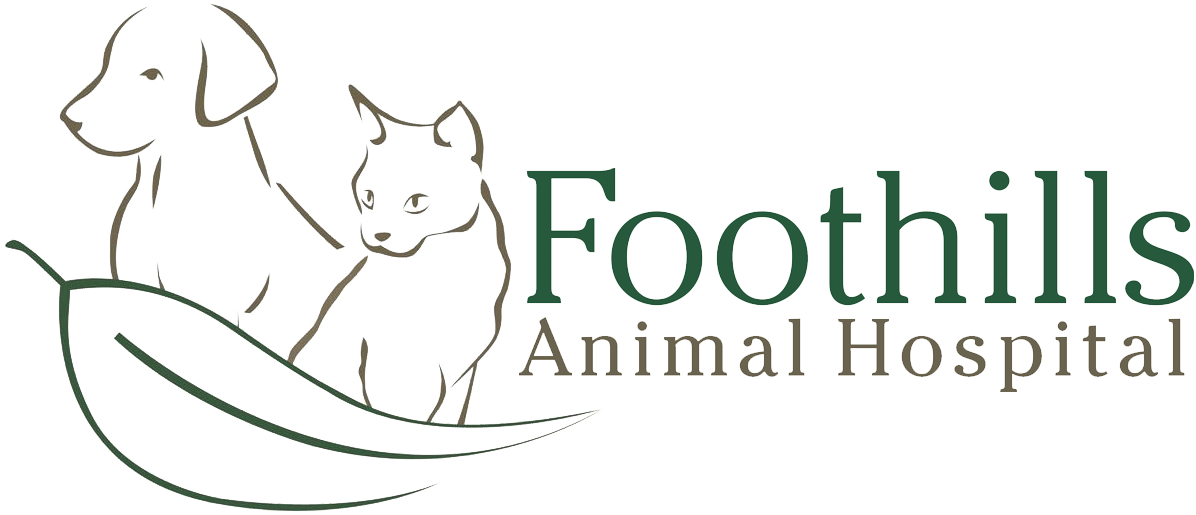Rabbits and Guinea Pigs
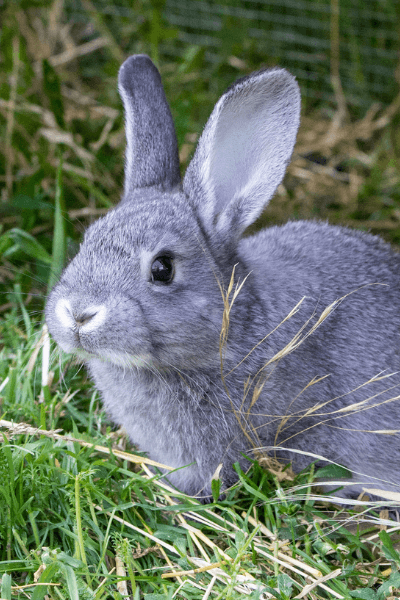
Desexing Rabbits
Should my bunny have one litter before desexing?
There is NO advantage to letting your bunny have a litter before desexing. Baby bunnies are gorgeous but where do you find homes for all of them? Rabbits can breed very young (around 3-6 months of age) and are notoriously hard to sex. If you have young bunnies and do not want them to breed, it is best to separate them until you can clearly identify girls from boys.
Who are you and what have you done with my bunny?
Once your bunny hits puberty, you’ll notice some changes in their personality which you might not like.
Bunnies can become aggressive, territorial and can scratch and bite. They can circle you, growl, nip, refuse to use their litter tray, and if your boy bunny really loves you, you may be sprayed as a term of endearment!
If you desex your bunny, these aggressive traits will lessen and you will finally get to know the real personality of your companion friend. Your bunny will remember their litter training and will become much more calm and relaxed.
For the boys
Boys can be desexed at around 4 months of age (depending on the weight and size of your bunny). Generally, if the dangly bits are dangling, it’s time for the operation – but check with us for an accurate guide.
Boy bunnies tend to spray urine to mark territory. Another thing to tell you about boys is that they can still father babies until 4 weeks after their operation, so think again before you put them in with an un-de-sexed female.
For the girls
Girls are best desexed between 6 months to 1 year. Girls can be the most aggressive of the bunny world so an un-desexed girl can sometimes cause more trouble than a boy. As well as aggression, females also can have phantom pregnancies, meaning that they pull their fur out and make nests.
The risk with fur pulling is that rabbits can ingest large amounts of it and this can cause blockages in their digestive system that can result in serious illness and possibly death.
Keep it clean
When your bunny comes home from the vet, make sure you have cleaned out their home/enclosure so there is nothing dirty that could infect the wound. Give them a clean litter tray so you will be able to check on whether they are able to go to the toilet easily. It is probably best to keep your bunny away from other bunnies straight after an operation so they will not try to run and play too strenuously. This doesn’t mean they should not be with their friends, but perhaps make up a separate area so they can still see, touch and smell each other. If your bunny is removed from their partner, this could cause unnecessary stress for both parties.
Make sure they eat
All operations for bunnies are serious so and it can take a while to get us back to being happy again. Rabbits need to continually eat so make sure your bunny is eating after its operation. If this means sitting in front of your bunny with his/her favourite food while you shove it in front of them until they finally eat something, then so be it. It does work in the end!
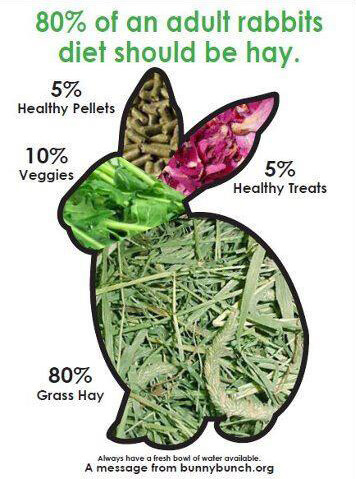
Rabbit Nutrition
Hay – Hay is extremely important for a Bunnys digestive system. You should always have it available.
It is essential for the wearing-down of their teeth, and also to stimulate their gut movement.
Unlimited hay is the most important thing to include in any bunnys diet. You can use a variety of Oaten Hay, Lucerne Hay (as a treat), and occasionally, Wheat Hay.
Wheat Hay is not actually a grass, so it would be a rabbits 3rd choice in the wild.
When feeding Oaten Hay, rabbits need to be checked regularly for the husks of the seeds on their rabbit, as they can get caught up inside the rabbits nose, or in their throat while eating. If not removed, they can cause abscesses or choking. Wheat and Lucerne Hay are much safer, but Lucerne Hay is very high in sugar and should be fed in moderation.
Pellets – Most people think that rabbit pellets were originally formulated for their pet rabbit, but this is not the case. Pellets were originally formulated as a convenient and economical way to promote quick growth and weight gain in commercial rabbits used for food and fur.
Try to avoid pellets that contain fruit and nuts. This is like sprinkling M&Ms on your salad everyday! Also, try and find pellets which are Hay based. A lot of the pellets that are available in Pet stores in Australia are too high in calories, protein and calcium for adult rabbits. Also try and stay away from the “Rabbit and Guinea Pig Mix”, as it is very high in sugar due to the Molasses content. It also contains seeds which can be very bad for your bunny.
TIP: A rabbits system is meant for foraging. Instead of putting your bunnys pellets in a bowl, try scattering his pellets around the floor of his home. This way he cant consume everything at once, and it will provide good exercise and entertainment for your bunny.
Fruit & Vegetables – When introducing greens for the first time – offer just one at time. Add new one in after a few days.
If a bunny snubs a particular green or veggie. Just keep adding a little bit to the diet even if they have snubbed it before. They may change their mind and decide its their new favourite! But even if your bunny snubs one or two types permanently, there are plenty others to choose from.
Treats – Treats like Raisins, Blueberries, Strawberries, Carrots, Banana, Apples (no seeds) and other sweet fruits are things that bunnies will do just about anything for, and much healthier for them than the typical pet store treats like seed bars that are sold in large quantities over the counter every day. Try mixing up a few pieces of fruit for them every day, and hand feeding treats to encourage a healthy bond between you and your bunny.
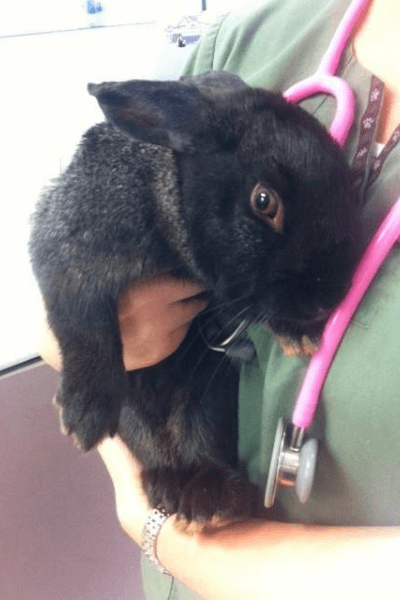
Rabbit Vaccinations
The only vaccination available for rabbits in Australia is Calicivirus.
Calicivirus causes severe internal haemmorrhage which results in rapid death within 1-2 days.
Depression, lethargy, neurological problems and anorexia may be noted before death. The virus can survive outside for long periods of time and is resistant to heat and cold. It is resistant to acid disinfectants but susceptible to ammonium based disinfectants. Transmission is mainly through direct contact with another infected rabbit or food and bedding but may also travel long distances in the air and through transfer from insects, birds and other animals.
The vaccination protocol for calicivirus is at 10 weeks of age then yearly boosters. If vaccination is given before 10 weeks of age, then it is advised that a booster be done a month later.
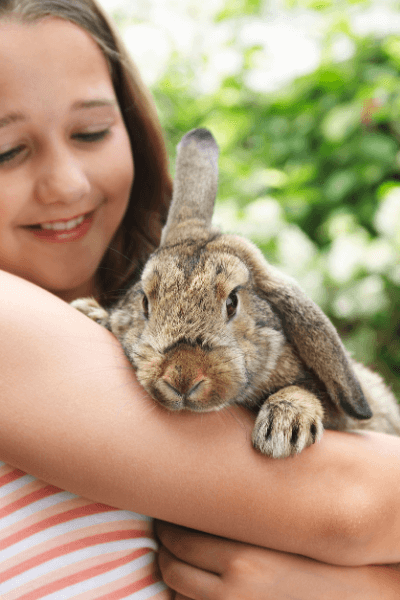
Rabbit Statistics
Life Span – 6 to 14 years
Average adult body weight – 2 to 6 kg
Heart Rate – 180-300 beats per minute
Respiratory Rate – 30-60 breaths per minute
Gestation – 31 Days
Litter Sizes – 1 to 12
Weaning – 4 to 6 weeks
Puberty – 4 to 5 months
Breeds – Over 45 recognised breeds
Female Rabbit – Doe
Male Rabbit – Buck
Young rabbit – Kits
Rabbit Ears – can measure up to 10cm long

Rabbit Adoption Perth
If you think a rabbit would be a perfect addition to your family. Look at adopting and re-homing a bunny in need. Follow the link to see any bunnies desperate for new homes from Safe Perth.
